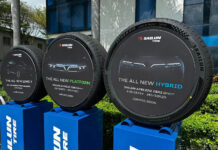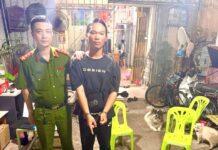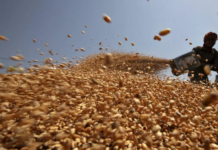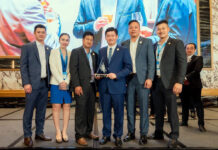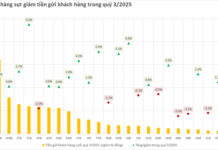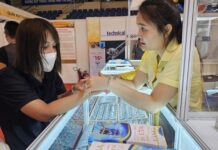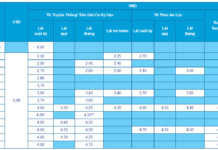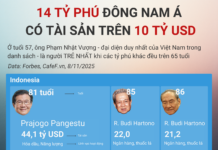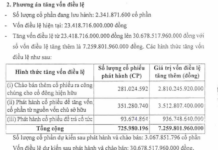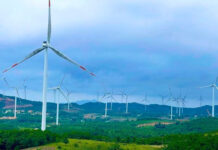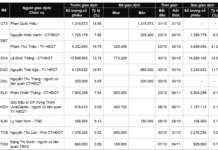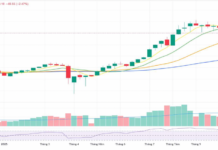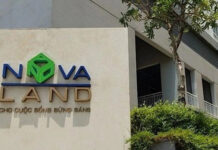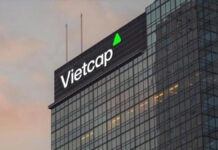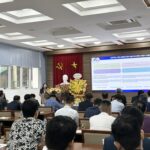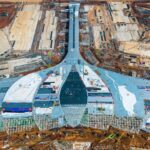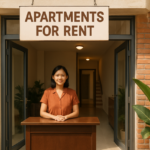At the workshop “Solving the Development of Urban Transport” held by Lao Dong Newspaper on May 22, Mr. Hoang Ngoc Tuan, Director of the Investment Preparation Board, Management Board of Urban Railways of Ho Chi Minh City, said that according to the planning, the city’s urban railway system will have more than 220km with 8 routes, with a total investment of about 25 billion USD.
So far, the city has only implemented 2 routes, including the 19.7km long Urban Railway No. 1, which is expected to be put into commercial operation in 2024, and the first phase of the 11.3km long Metro Line No. 2, which is expected to be operational by 2032.
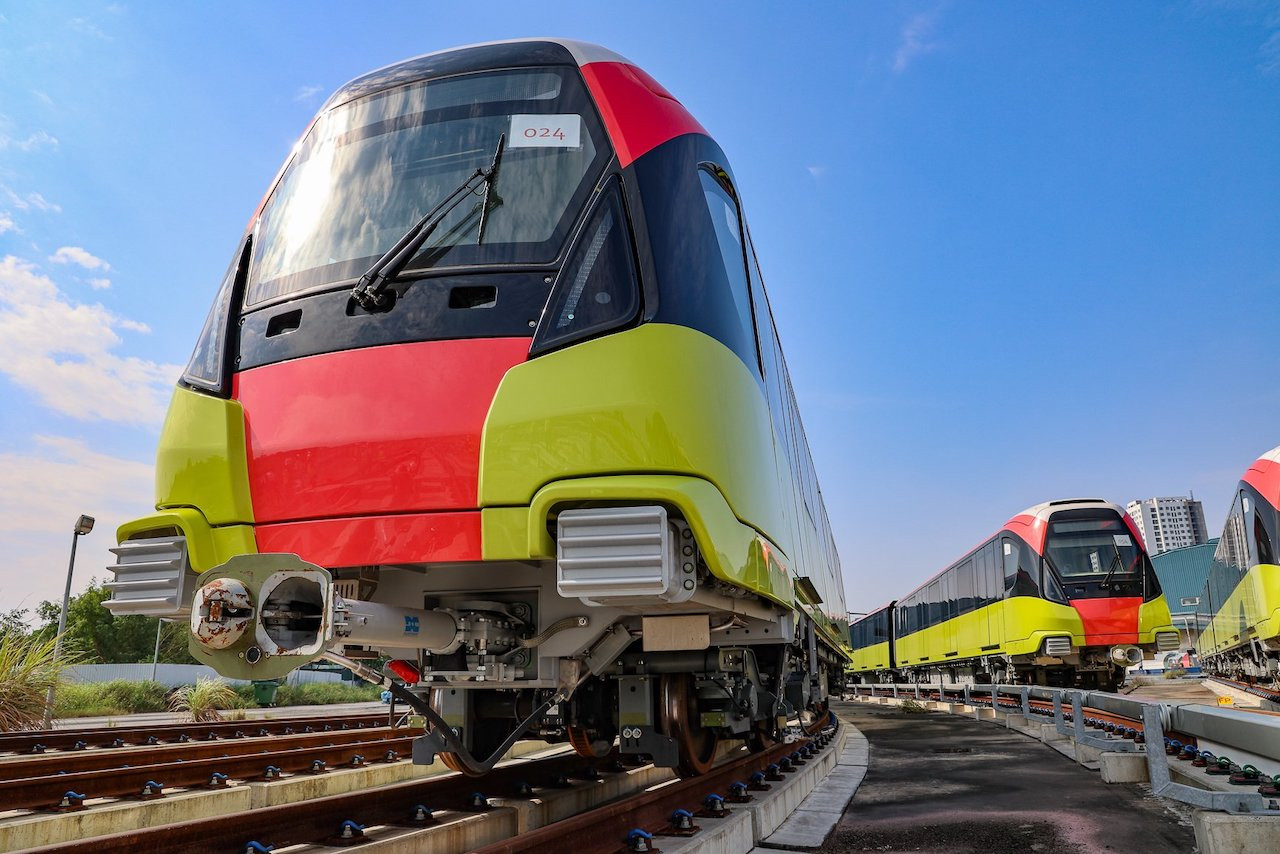 Nhon – Hanoi Urban Railway System. Photo: MRB |
“Looking back at the construction of these two routes, it is clear that it has been too slow. It took about 17 years to construct Urban Railway Line 1 and 22 years for Metro Line 2.
In fact, after about 20 years of studying and developing urban railway projects, the city has not officially operated any urban railway line up to now.”
“If we continue to implement it in the same way as in the past 20 years, it may take hundreds of years to complete the urban railway system,” Mr. Tuan said.
How to achieve the goal without foreign borrowing
Conclusion No. 49 of the Politburo set a target that by 2035, Ho Chi Minh City must complete its urban railway network. This means that the city has to complete the remaining network of about 200km in 12 years.
Similarly, according to this conclusion, Hanoi has to complete more than 300km of urban railways in the next 12 years, requiring about 37 billion USD.
This is an enormous challenge for the two cities.
MA. Dang Huy Dong, Director of the Institute of Planning and Development, affirmed that completing the urban railway system for Hanoi and Ho Chi Minh City according to Conclusion 49 is an impossible task without combining the development of TOD (Transit-Oriented Development) urban areas along the metro stations, along with a management mechanism with outstanding specificity compared to current regulations on investment and construction management.
According to Mr. Dong, there are many types of public transport, but only urban railways can truly solve urban transport problems for cities with a population of 5 million or more.
In addition, to achieve the goal of building urban railways in the next 10 years, an improved policy environment is necessary.
“If there are no solutions in terms of management mechanisms and financial sources, and we continue to rely on ODA loans, we will not be able to proactively complete the historical mission of 200km of urban railways.
Therefore, to have the funds to complete this mission, we must develop TOD areas, plan TOD to auction the investment rights of real estate in that area.
Accordingly, the State will plan and manage, organize auctions for investment rights of TOD projects, which will generate budget revenues sufficient to invest in the metro system without having to borrow from foreign countries.
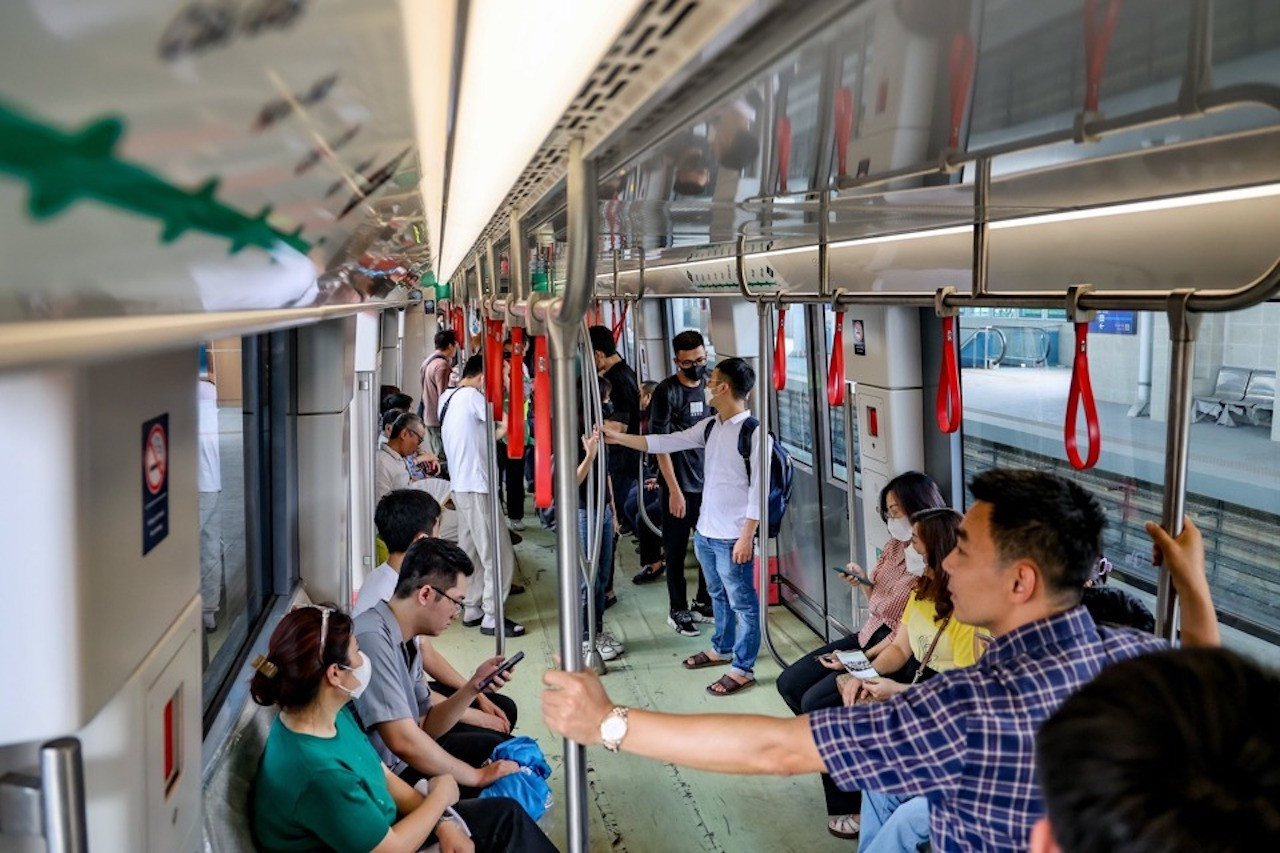
Developing the urban railway system will reduce traffic congestion and air pollution. Photo: MRB |
Mr. Dong cited the example of Singapore, where 24 towns with a population of 200,000 each are connected by metro. They now have 4.8-5 million people living in these towns, with complete enclosed services for residents.
“Currently, 85% of Singaporeans live in apartments bought or rented from the state. More than one-third of the total 4.8 million residents of Singapore, including high school students and retired elderly, only walk within the TOD area with complete enclosed services, without participating in public transport, reducing almost all means of personal transport, and 90% of the rest use the metro, thereby reducing greenhouse gas emissions,” Mr. Dong said.
In Hong Kong, China, the railway and real estate company is in charge of the land at the stations to do real estate business, becoming the most successful railway company in the world, without incurring losses.
Mr. Dong believes that by combining the successful models of Singapore and Hong Kong, China, for Hanoi and Ho Chi Minh City, we will have a beautiful, modern city, free from traffic congestion and pollution…
N. Huyen

